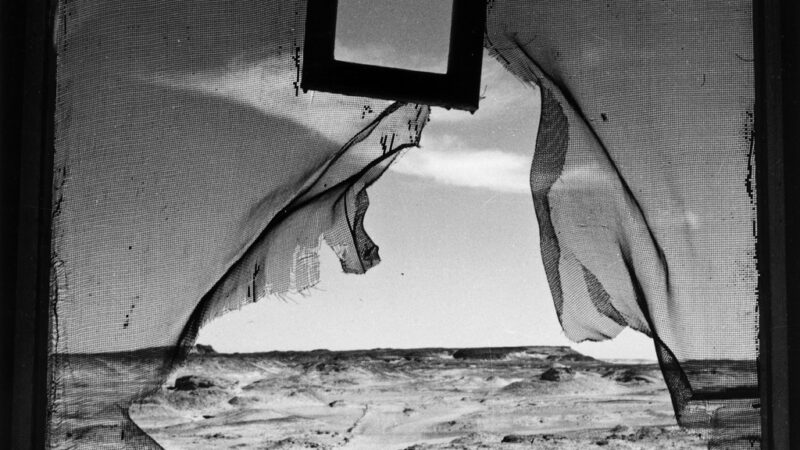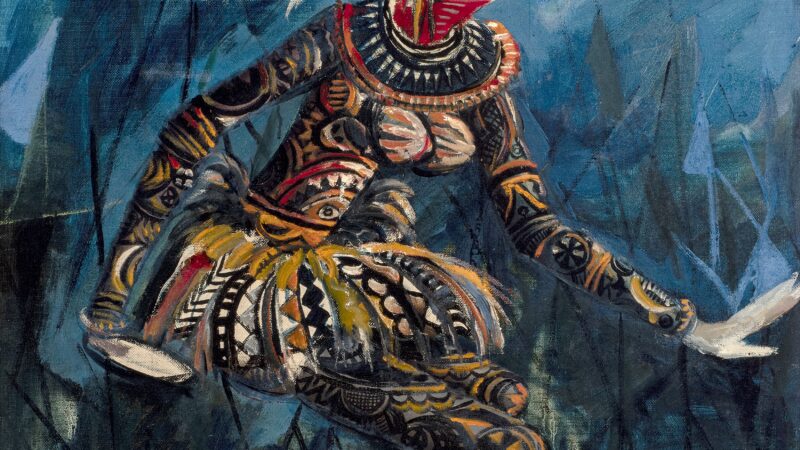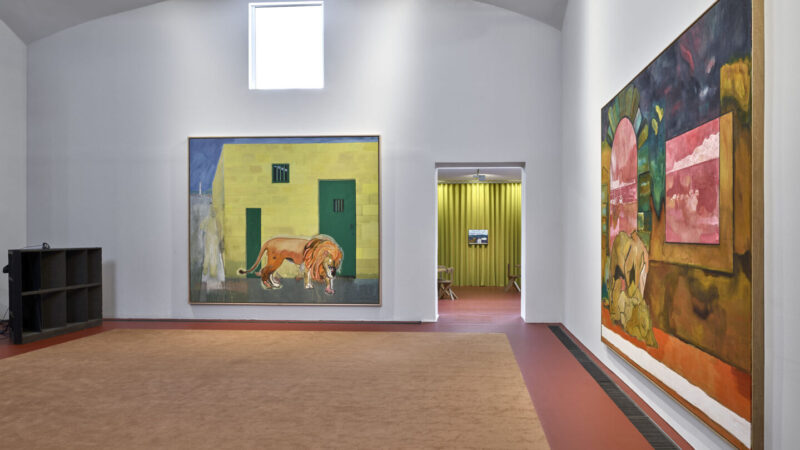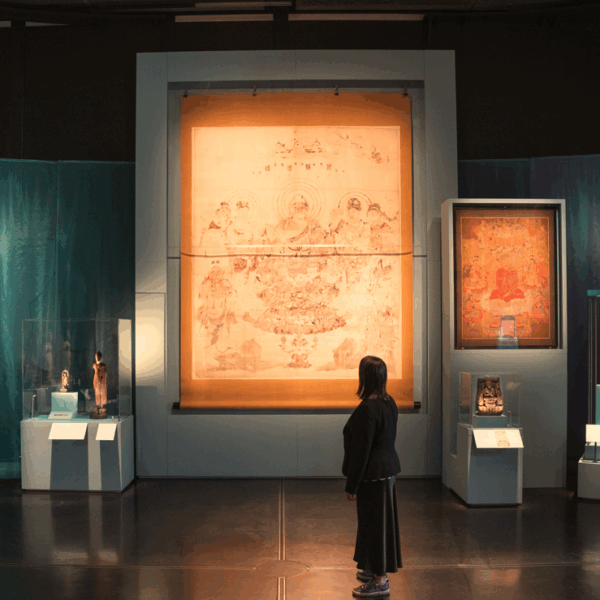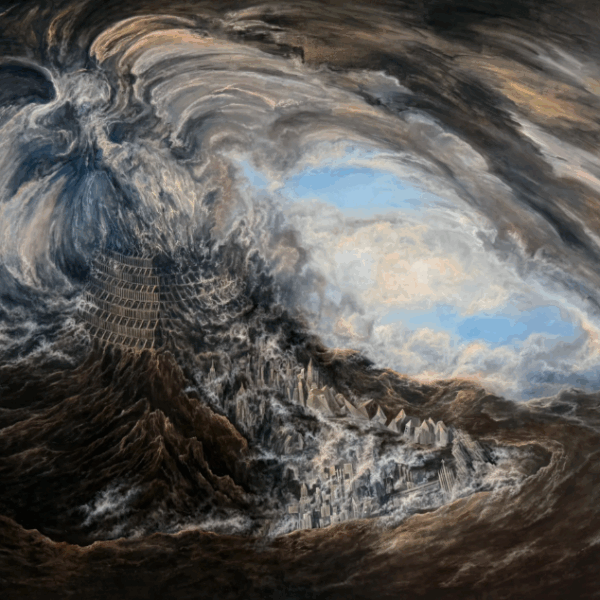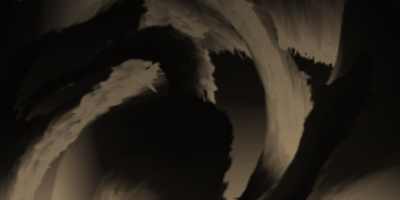Yayoi Kusama’s ‘Infinity Rooms’
Japanese artist Yayoi Kusama’s unique vision of endless reflections are captured in her breathtaking Infinity Rooms, now open at the Tate Modern.
Through these works, Kusama creates wholly immersive installation experience intent on inspiring an “out-of-body experience, heighten one’s senses, and produce a repetitive illusion through the use of lights and mirrors”. The result is a kaleidoscopic landscape that creates the vision of infinity around us and within ourselves.
Kusama has been fascinated with ideas of endlessness in space and vision throughout her career. Her work, executed across a range of media, is characterised by its investigation of pattern, repetition and accumulation. From childhood Kusama suffered from anxiety and hallucinatory episodes, often in the form of nets or spots multiplying to dominate her field of vision. Forms from these hallucinations became the basis of her visual vocabulary. Early in her career, she began covering different surfaces – including walls, floors, canvases, objects, animals and people – with polka dots, which became a trademark of her work.
The infinity rooms exemplify Kusama’s examination of repetition and endlessness, while the interactive character of the room is typical of the way in which her practice engages the viewer directly, breaking down boundaries between subject and object.
Infinity Mirrored Room – Filled with the Brilliance of Life (cover image) is one of Kusama’s largest installations to date and was made for her 2012 retrospective at Tate Modern. It is shown alongside Chandelier of Grief (below), a room which creates the illusion of a boundless universe of rotating crystal chandeliers.
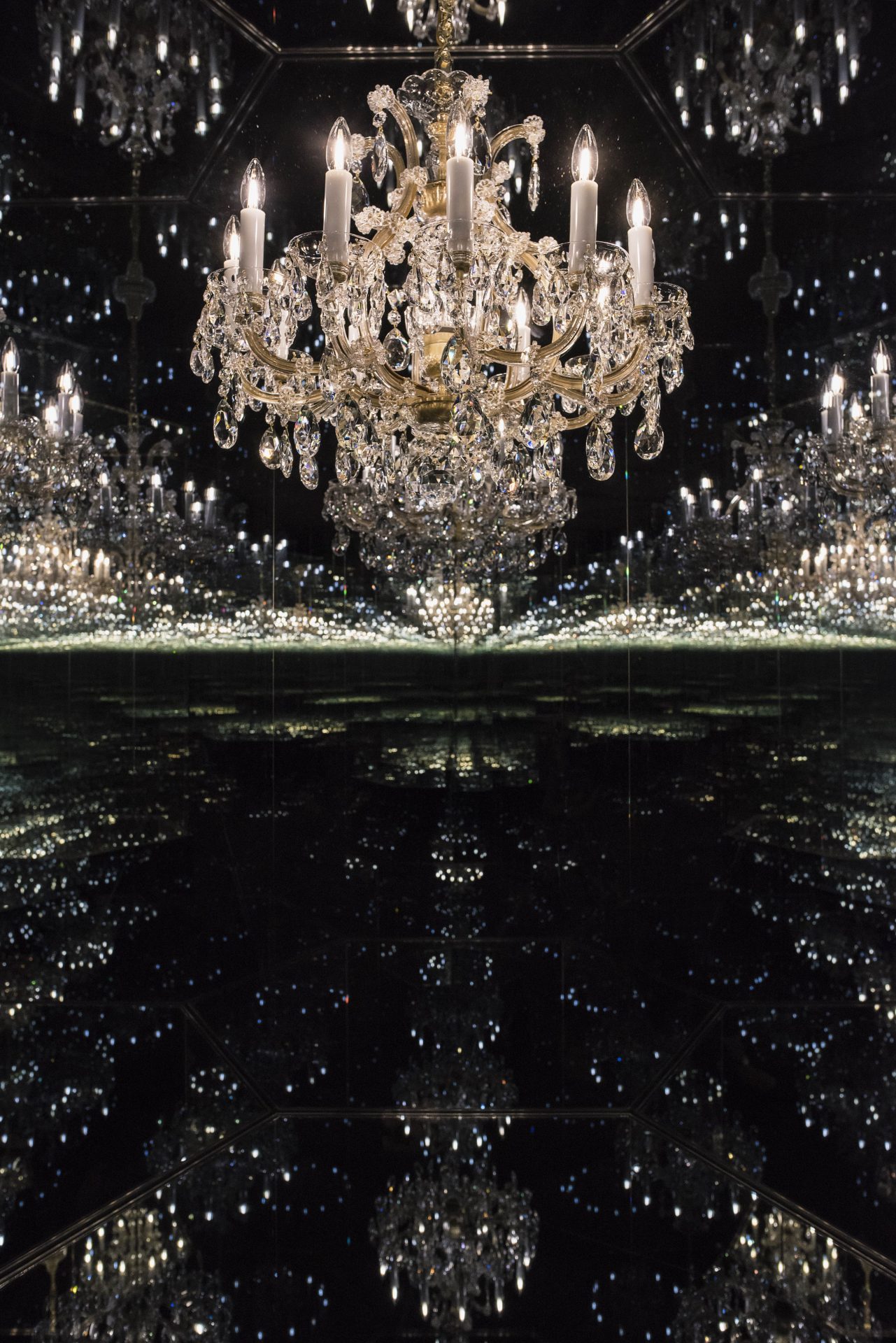
A small presentation of photographs and moving image – some on display for the first time – provides historical context for the global phenomenon that Kusama’s mirrored rooms have become today.
Yayoi Kusama: Infinity Mirror Rooms first opened to the public in June 2021, following the reopening of UK museums and galleries after lockdown. Social distancing measures in place throughout the show’s first run meant far fewer visitors have been able to visit than originally intended.
The exhibition has since been extended for another year to help meet the overwhelming demand and provide further opportunity to experience these extraordinary installations.
Born in 1929 in Matsumoto, Japan, Kusama came to international attention in 1960s New York for a wide-ranging creative practice that has encompassed installation, painting, sculpture, fashion design and writing. Since the 1970s she has lived in Tokyo, where she continues to work prolifically and to international acclaim.
Tickets are selling out fast, so you will want to book in advance via the Tate website here.


